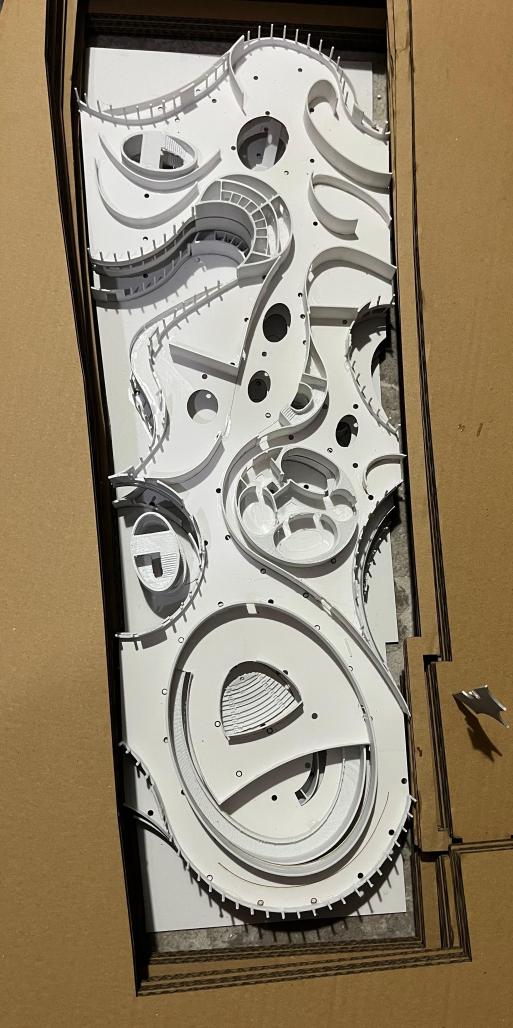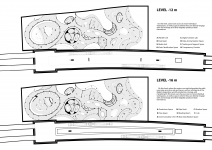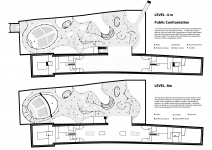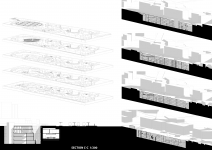The underground is a concept to which humanity has, throughout the ages, ascribed meaning through various depictions and metaphors, investigated it, and ultimately formed a wide range of common and uncommon thoughts and impressions. Humanity has not only established abstract but also concrete relationships with the underground, even reaching into its depths to create dwellings for itself. But how did humankind’s first encounter with the underground occur? In Islamic belief, when Adam and Eve were cast out of paradise, they descended to earth, where they remained for ages. They had their first children. When Cain, their first son, killed his brother Abel, he did not know what to do with the body. Then he saw a bird scratching the soil to cover blood on the ground. Inspired by this, he buried his brother. Thus, humanity’s first encounter with the underground took place through death. And thus, by its very nature, the underground is what covers, conceals, hides, and renders invisible. Yet the underground acquired this initial meaning by concealing justice.
Justice, on the other hand, has become one of the most difficult to follow, most ambiguous, ownerless, and unprotected concepts in today’s digital age. Entirely liberalized and increasingly widespread digital platforms strike the greatest blow to justice, deepening income inequality among masses and driving society into economic indifference. Hierarchy and merit vanish; everything becomes increasingly monopolized. Purchases, expenditures, and services appear to reach the user directly, yet in essence, the entire axis grows ever more undefined and complex.
This lack of axis directly relates to the underground’s disposition of being without an above or a below. For the underground itself has no axis. It is similar to the one trapped under snow, digging downward in search of escape. Therefore, the -8.40 m level of İzmir’s historic Basmane Station metro stop may serve as the threshold where this lack of axis gives way to the restoration of justice and the establishment of “Digital Cooperatives” that can construct a fair distribution of income for all.
The fundamental mission of the structure to be established as a unity with the underground, both physically and spiritually, is to set its own axis within the underground—quite unlike the back-and-forth linear movement of the metro—and to sustain justice for all. In this space, where digital platforms and any enterprise or initiative that seeks to exist in the digital realm may feel at home, the central purpose is to ensure that not only those who pay, but all participants, benefit equally from the value that is produced.
2025
Structure: Constructed with reinforcement concrete system, combining nonlinear walls and slabs to create an organic underground space.
Reinforcement: Structural system enhanced with columns to ensure high load-bearing capacity and seismic performance.
Depth & Layers: The system spans multiple underground levels, following variable soil profiles and topographies.
Integration: Basmane Metro Station and existing urban infrastructure, allowing both functional and spatial continuity.
Materiality: Prefabricated concrete and steel reinforcement elements allow expansion and efficient on-site assembly.
Designer: İbrahim Bayazıt
Supervisors: Assoc.Prof.Dr. Ülkü İnceköse, Assoc.Prof.Dr. Ebru Yılmaz
Voted 0 times














